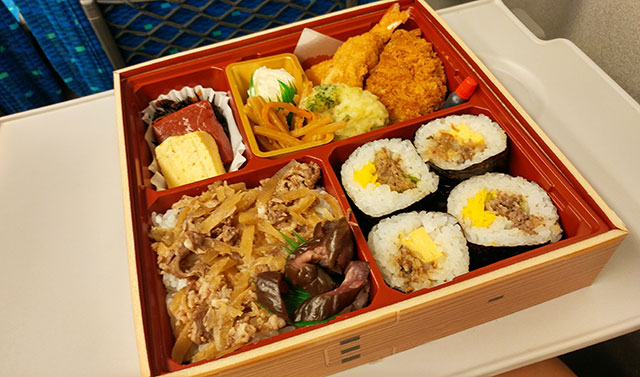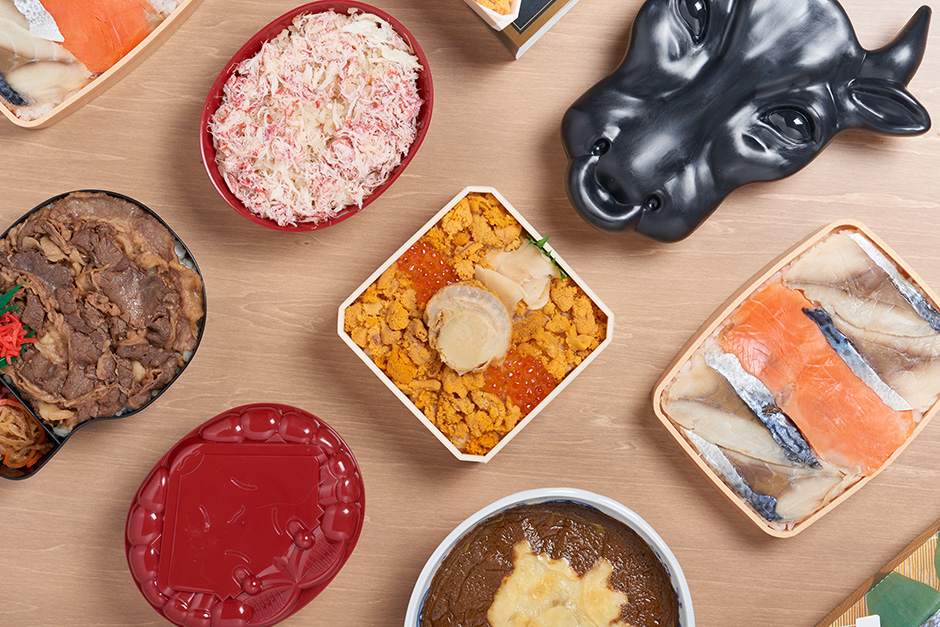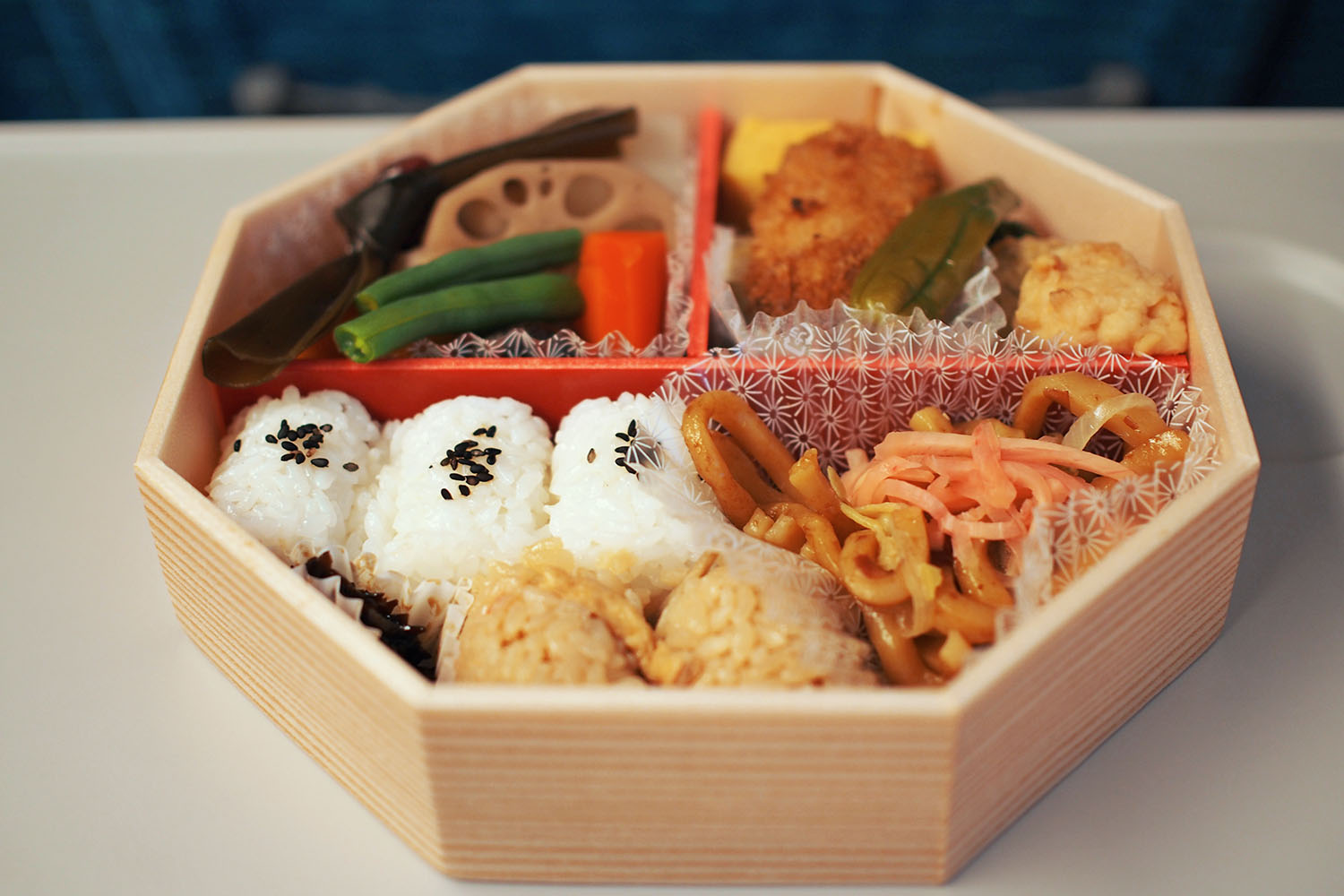Ekiben
駅弁
Ekiben are a specific type of bento boxed meals, sold on trains and at train stations in Japan. They come with disposable chopsticks (when necessary) or spoons. Ekiben containers can be made from plastic, wood, or ceramic. Many train stations have become famous for their ekiben made from local food specialties (tokusanhin). Ekiben were first sold in railway stations in the late 19th century, and developed at a time when meals on train were necessary during a long train journey. The popularity of ekiben reached a peak in the 1980s, but declined as air travel became more affordable and trains became faster. However, numerous types of ekiben can still be purchased at stands in the station, on the platform, or on the train itself, some of which may be presented in unique containers that can serve as souvenirs or collectables. Despite undergoing a decline in popularity in the 1990s and 2000s, ekiben remains popular among travelers, and gained popularity on the Shinkansen ever since the dining car service that replaced it was discontinued when Japan's asset price bubble burst in the early 1990s, leading to the Lost Decades.
Source: Wikipedia
Recipes

Japanese Bento – Ekiben! - Zojirushi Food & Culture Blog
All about ekiben, Japanese train station bentos | JustBento

Japanese Bento Trivia: What is Ekiben? - Recommendation of Unique Japanese Products and Culture





